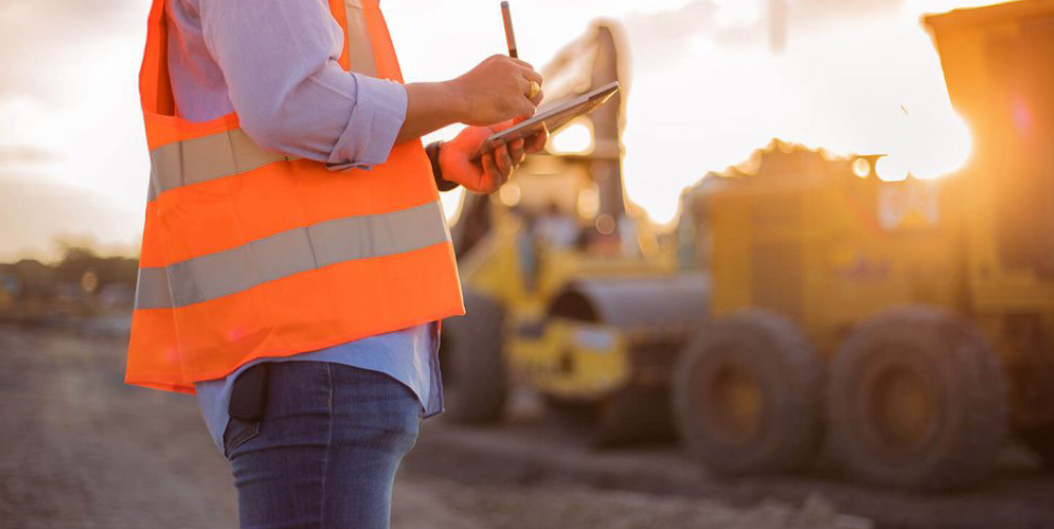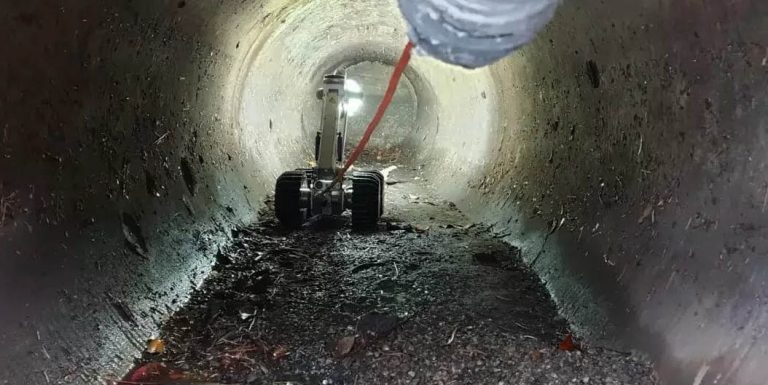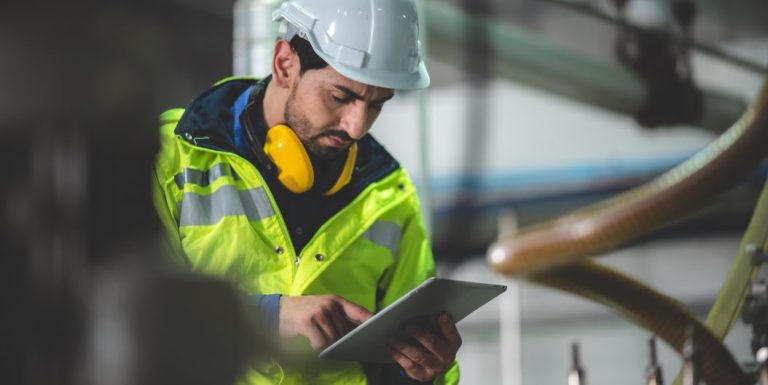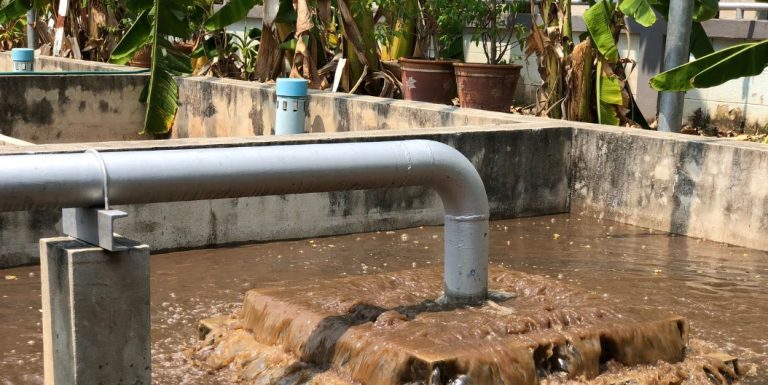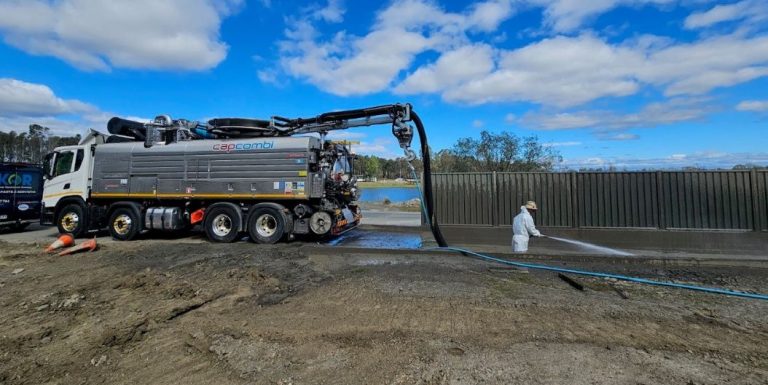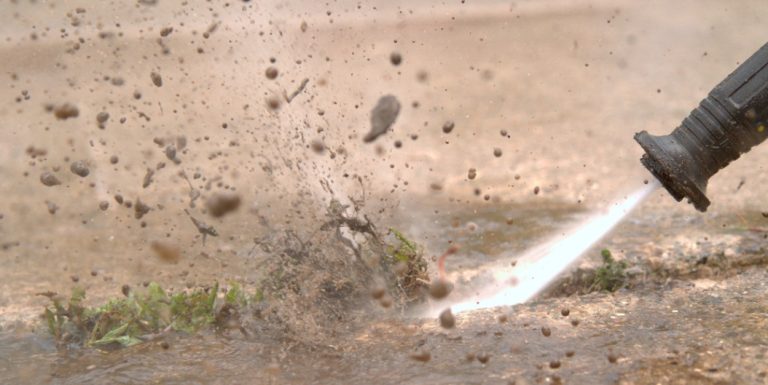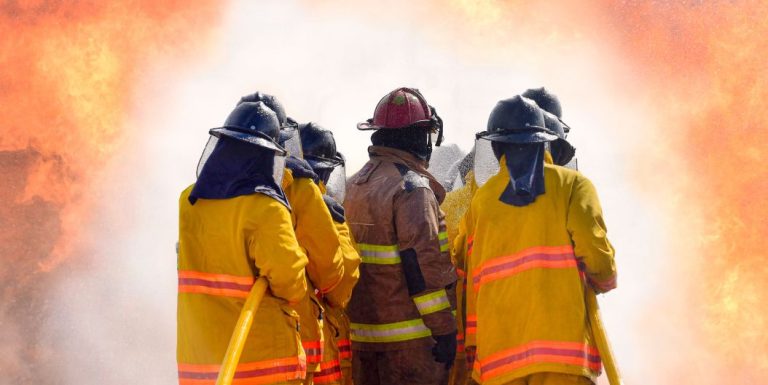How Grease Trap Waste Gets Recycled
While commercial grease trap cleaning isn’t often a pleasant business, what if we told you that there are ways to ensure these materials get recycled?
A grease trap is a plumbing device that filters the majority of fats, oils and solid food particles out of the wastewater before it enters the sewerage system. When the outflow from your kitchen sink enters the grease trap, the solid food particles sink to the bottom, while lighter grease and oils float to the top. This cleaner water in the middle is then pumped into a secondary tank and returned to the regular sewer system and continues its journey as normal.
Despite the benefits of such a system, grease trap cleaning is an essential component of ensuring that the system is properly maintained and doesn’t overflow – especially for commercial kitchens. What’s more, is that there are state based regulations linked to how often you must conduct grease trap cleaning, although this will usually depend on the size of your device.
While the build up of oils and fats aren’t exactly an appealing component of running your own restaurant or cafe, what if we told you that there are ways that the contents of your grease trap could make a positive contribution to the environment?
The Process Of Recycling Commercial Grease Trap Waste
Local councils and water authorities within Australia may require the installation of grease traps in commercial and food processing facilities, primarily for the protection of local sewer infrastructure, but to also ensure that no waste escapes into estuaries or the ocean.
Grease traps are fitted to plumbing fixtures and equipment that carries greasy waste water or wash water in commercial businesses, and are designed to collect waste particles and fats, oils and grease. If these materials enter drainage systems via sinks, dishwashers and drains, it can accumulate causing odours, poor hygiene and pipe blockages within the commercial premises and surrounding areas.
While grease trap cleaning is therefore an important component of commercial waste management, finding a reputable provider to help your brand or business with its disposal can also provide an opportunity to recycle the grease trap’s contents.
Grease traps need regular cleaning after every three months which is usually done by liquid waste specialists. The grease trap cleaning process requires a vacuum liquid truck, usually every three months or so. The process is simple enough: the grease trap cover is removed, a hose pipe connected to it, and the liquid waste is pumped into the storage unit on the vac truck. The grease trap is then cleaned by use of low-pressure water, with the cover then replaced and sprayed with a perfume on the ground.
Liquid waste water in the truck is taken to a treatment and processing plant. Waste water is placed in concrete pits for the remaining water to evaporate, with sawdust often mixed with the greasy rubbish in addition to peat moss and wood chips. The mixture is left for microbial activities, and once the decomposition is complete, the residue is often used as mulch for agricultural activities.
Instead of being dumped as a non-reusable liquid waste, the contents of a grease trap quite literally have the potential to bring forth new life if given the chance to be appropriately treated and recycled. In an era where climate change is dominating the headlines, taking the time to dispose of oils, fats and grease the right way can have a long lasting legacy both on your business and the wider environment.
Ultimately, disposing of liquid waste like the contents of a grease trap is not a task that should generally be conducted by people who aren’t qualified to do so. The risks can make the process extremely dangerous to humans, animals and the general environment, so enlisting the help of professionals is always recommended – but where do you find them?
Meet The Experts On Commercial Grease Trap Cleaning
Established in 1999, the Austrans Group is proudly Australian owned and operated, and is now recognised as an industry leader in hazardous waste management, industrial services, project management all over South East Queensland.
From public infrastructure to assisting in massive environmental rehabilitation and providing complete disaster recovery support, Austrans have done it all, and have the expertise to get the job done.
Our ability to meet or exceed expectations has created a reputation of reliability and integrity, and has elevated Austrans to its current position as a major service provider with clients all over Australia. To discuss how we can work together, get in touch with us today.

